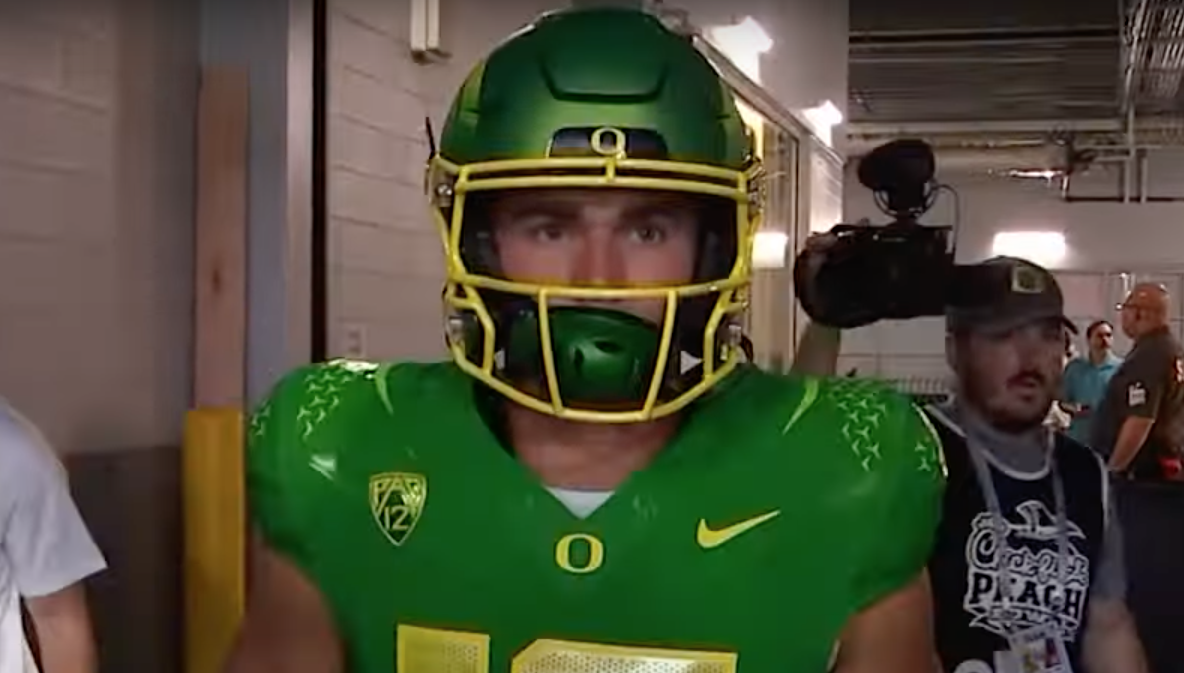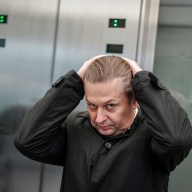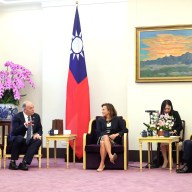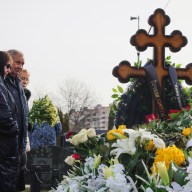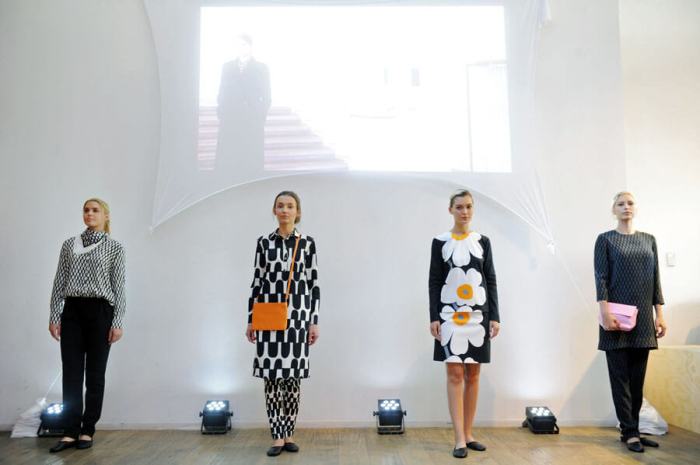Rather than just trying to find a place with a nice waterfront view, Nancy Nowacek is looking to reconnect New Yorkers with the nature that surrounds them by giving them a chance to walk on water.
Nowacek is the artist behind the Citizen Bridge, a proposed 1,400-foot pedestrian crossing that would connect Brooklyn to Governor’s Island and would help citygoers reclaim the waterways as a public space. The foot path — which due to daily usage of the water by agencies such as the U.S. Coast Guard would only be in use for 24 hours — would work as an experience for residents to cross to an island that comes alive over the summer with events such as music and art festivals. “Waterfront views are fantastic but the water is just much more than a view,” she said. “It’s a whole other world that exists right outside our front doors.”
RELATED:Community solar set to give New Yorkers the benefits of solar energy, without the hassle For the Brooklyn artist, the idea first started when she moved to Red Hook and for the first time felt like she lived on an island – even after living in New York City since the late 1990s.
She could see Governor’s Island and the water from her apartment and she said things really began to come together after she learned from a story by Walt Whitman of a sandbar that during a low tide would allow people to get to land on either side of what is known as the Buttermilk Channel. “That changed the way I looked at the waterways and really how I looked at the city,” Nowacek said.
Over the past four years the project has being developing and Nowacek, together with a group of volunteers, have been working together with regulatory agencies — who would in the end give the permits needed to actually construct the final bridge — to adapt the design. During this time the group has also been learning about the challenges that come with working on the city’s waterways and learning from anyone who could teach them about how the water behaves.
The project has so far seen seven different bridge designs and is now ready to build a proof-of-concept design, based on the first full-engineered prototype, which will allow the group to understand the operations, logistics and safety systems for the actual final bridge. With all the work done for the project being all volunteer work by Nowacek and her team of everything from artists to engineers and educators and architects, the Citizen Bridge team has turned to Kickstarter to raise the funds needed for this next step. “When I look at the city I see imagination at large and so for me this project is just another form of that and for New Yorkers to participate in the building of their city,” she said.
Once the goal of $25,000 is raised the plans are to build the 100 to 200-foot prototype in Brooklyn Bridge Park by the end of September. If everything goes as planned and the group is also able to get all the 12 permits needed by the regulatory agencies for the project to move to its final phase, they plan to have the bridge on the water by the end of summer in 2017. Although the bridge will only be out for one entire day, the plan is to bring the bridge back yearly, while also take it around the city and across the country.
“We don’t want to bring the waterways to a grinding halt, we want to expand the use of the waterways,” she said.
RELATED:Brooklyn ceramics studio aims for expansion to offer services to growing community And in the end, Nowacek said that she aims for the Citizen Bridge to be a collective work by New Yorkers to reclaim space that is right in their backyard.
She added that since the start she has constantly received help from others and the project would not be where it is without the volunteers — all working pro bono — and organizations such as the Lower Manhattan Cultural Council, Recess, Pioneer Works, Sharpe Walentas Studio Program and Eyebeam. “It’s important to me that everyone feels like they have a role in constructing this space because for me, that’s what public space is about,” she said. “The bridge is a technology of citizenship and sort of a technology of communication.”


